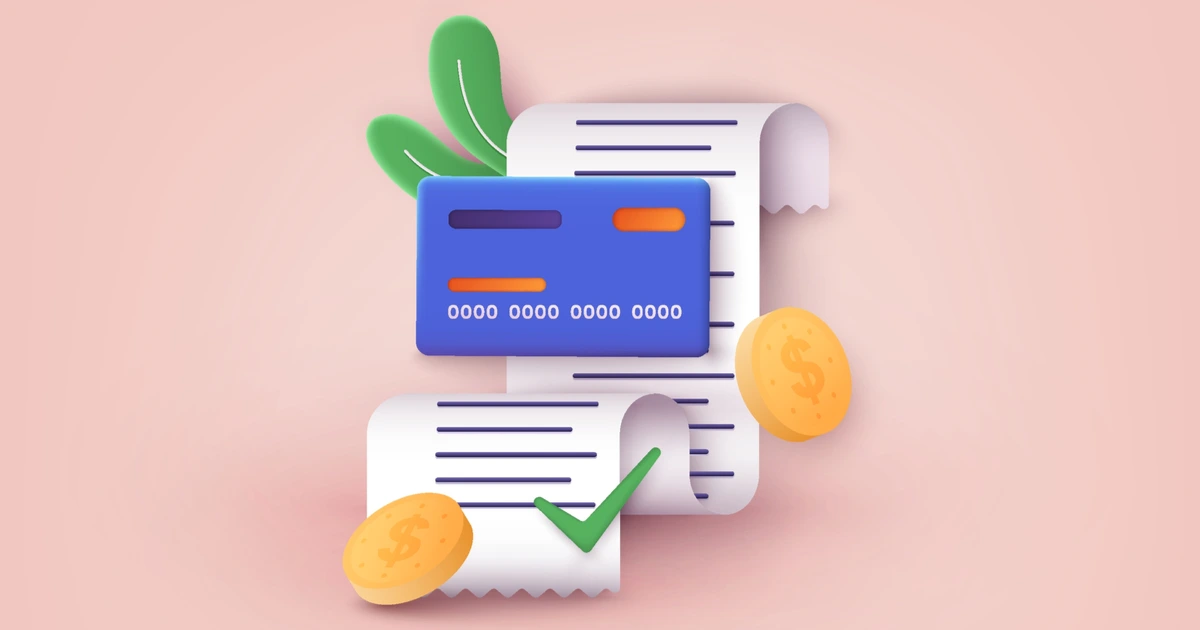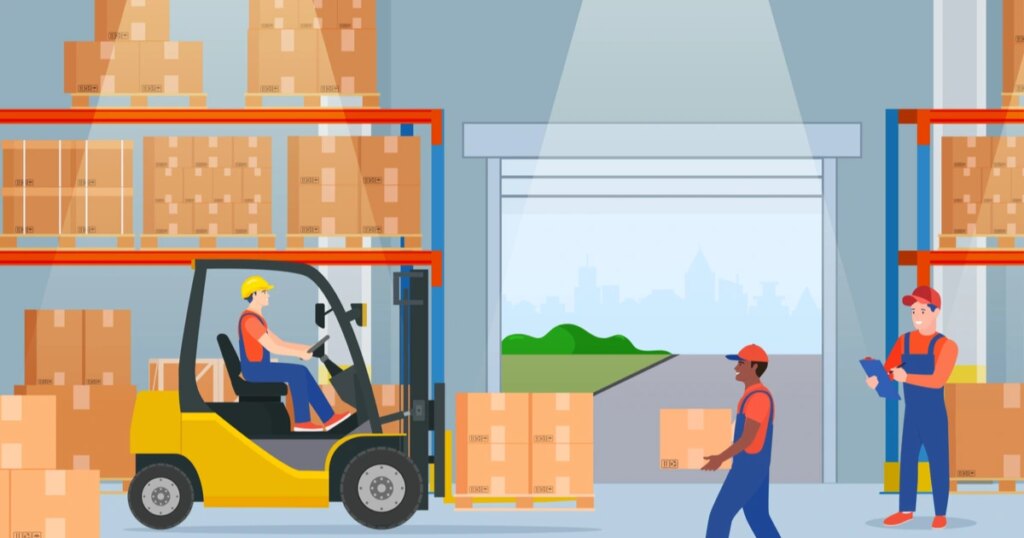
Amazon Repricing: Should You Be Repricing Your Private Label Products?

Table of Contents
- “I Don’t Need to Reprice My Private Label Products; They Have No Competition!”
- “Ok, ok, I get it. I should be repricing my private label product listings—but how?”
- Repricing your listings based on their sales velocity
- Repricing Your Listing Based on Similar Product Offers
- Private Label Repricing: An Absolute Need and A Must!
- Frequently Asked Questions
Keeping your prices in the Goldilocks zone for optimal sales can be difficult unless you have an Amazon repricing solution that ensures that your listing is always the most appealing among others.
By now, you’ve no doubt heard of the “private label products” business model, but what about private label repricing?
What was barely a whisper among Amazon sellers a few years ago is now a loud, and very substantial, online presence. From the looks of it, things are just getting started for Amazon private label product sales.
The rise of private label sellers on Amazon was born from a desire to separate oneself from the ever-growing pack of other third-party sellers. A lot of Amazon listing pages are inundated with many offers, which can be somewhat overwhelming for a buyer.
Sellers soon realized that being one among many other offers makes it increasingly more challenging to remain visible and maintain sales and profits.

So, what’s the fix? Offer items with your own brand on a listing page that belongs to you alone. Eliminate the competition. It’s brilliant, right?! In many ways, yes, it’s entirely a viable and reliable business move.
However, there are some fairly common misconceptions made by private label sellers that are likely not yielding the most desirable results. Namely, the universal belief that private label items do not need to be automatically repriced.
Let’s explore why this line of thinking costs private label sellers sales and profits on Amazon; also, we’ll look at a few ideas of how to yield better results for your business and your bottom line.
“I Don’t Need to Reprice My Private Label Products; They Have No Competition!”
If you sell private label products, it’s highly probable that you’ve either said this statement yourself or heard it from someone else. Did you buy into it?
Many private label sellers have. After all, who doesn’t want to eliminate processes that take time and attention?
There are plenty of those to go around in this business. But, if there’s one thing we’ve all learned in this line of work, there’s no such thing as “set it and forget it.” The same is true for private label products.
In many cases, unless you’ve found a unicorn niche, the item you are branding is likely being branded by other sellers.
So, while you may be the only seller on your particular listing, a buyer searching for the item you’re selling is likely to see many other offers from other private label and name brand sellers when they conduct their search.
For example, do a quick search on Amazon for “USB phone charger cable.” You’ll see that there are many listings from a variety of different sellers; some sellers are private label, and others are name brands (ex. Samsung), all selling essentially the same product with different branding and packaging.
The point here is that while you may be eliminating direct Amazon listing competitors, you aren’t getting rid of competing offers for similar products. This situation is the cause of why the “private label products don’t have competition” idea is a myth.
And, like listings with multiple direct competitors, if you are ignoring these indirect competitor prices, you are likely missing out on sales and leaving money on the table in many instances.
If you remove the Buy Box from the equation by creating catalog pages you alone exist on, you will need to find other ways to drive sales. Ensuring your prices are in line with the current competitive landscape for similar products is a good place to start.
If you list a private label product at a set price with a predetermined profit margin and walk away, the chances are good that other private label sellers offering similar items will make sure their product is priced lower than yours.
Capturing those buyers who are looking for the lowest price or best value should be a priority in this situation. When that buyer searches for the item they wish to buy, they are most likely to purchase the product that’s priced the lowest when they see many different products that are essentially the same (except for the brand).
If your own listing isn’t within a reasonable competitive range of competing items on Amazon, you will likely not see many sales.

“Ok, ok, I get it. I should be repricing my private label product listings—but how?”
This is the fun part! Through my job, I’ve helped many private label sellers refine pricing strategies to maximize both sales and profits of their listings. Here are two of the strategies I’ve seen work with the most success:
Repricing your listings based on their sales velocity
This one is pretty straightforward. If you have an item that is seeing an increase in sales/demand, that’s an excellent opportunity to increase the price incrementally to take advantage of higher profits while it’s selling well.
The best way to achieve these strategies is to use an automated repricing tool that will let you set parameters for sales velocity thresholds.
For example, you tell your tool, if my sales velocity goes beyond three sales per day, increase my price by 1%. This will allow you to take advantage of spikes in sales velocity at higher profit margins.
Your tool should continue to increase your price until the sales velocity returns to the lower threshold numbers or you keep getting all those sales at much higher prices.
Once you set this up in an automated tool, it will continuously monitor all of your listings and should start to immediately increase prices for hot selling items once they meet the sales velocity threshold criteria you set up.
You can apply this same strategy to slow-moving items. If you are seeing, for example, less than one sale per week, you can incrementally discount your price (staying above your minimum price, of course) until you find a price point that generates sales. Once you find that price point, stick with it until the item is in more demand.
For bonus points, you can also use sales rank thresholds to really dial in these strategies and help you determine a hot item versus a slow-moving one.
Repricing Your Listing Based on Similar Product Offers
This feature is a must-have for any private label automated repricing solution. What you will do is identify listings that are like yours, but on different catalog pages.
Make sure you do some searches on Amazon yourself to see what kinds of listings and offers come up when you do product keyword searches that match what you are selling. Tell your tool which sellers/prices you want to monitor.
Then, set up strategies for your own price using those other price values as upper and lower limits or based on the averages or lowest prices of the other similar offers.
This strategy will ensure the following:
- Your price remains competitive in this pool of similar listings.
- You can even be the lowest-priced offer where applicable, which is key to increased private label sales. More times than not, buyers will go for the lowest price in a group of similar items.
Regardless of what tool you use, if you sell private label products, you need this feature.
Private Label Repricing: An Absolute Need and A Must!
Automated repricing on Amazon has ended up with the negative connotations of chasing competitors around, creating price wars, and driving prices down. But, for private label sellers, it’s different.
It’s about maximizing profits, optimizing sales velocity, and staying competitive within the landscape of similar offers from other private label sellers. These are all imperative avenues to a successful private label business.
Have questions about private label repricing? Ask us in the comments below!
Frequently Asked Questions
Achieve More Results in Less Time
Accelerate the Growth of Your Business, Brand or Agency
Maximize your results and drive success faster with Helium 10’s full suite of Amazon and Walmart solutions.

